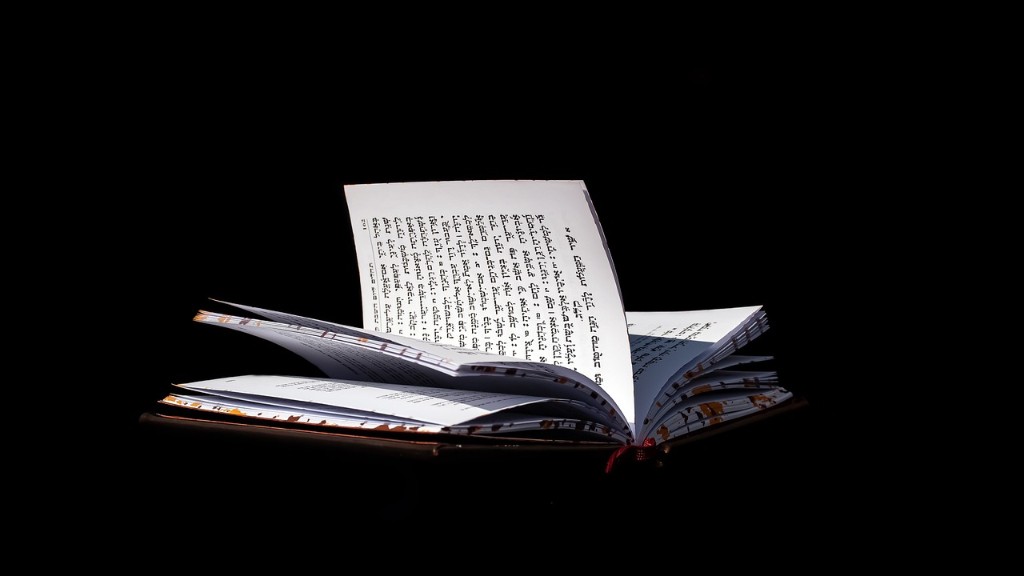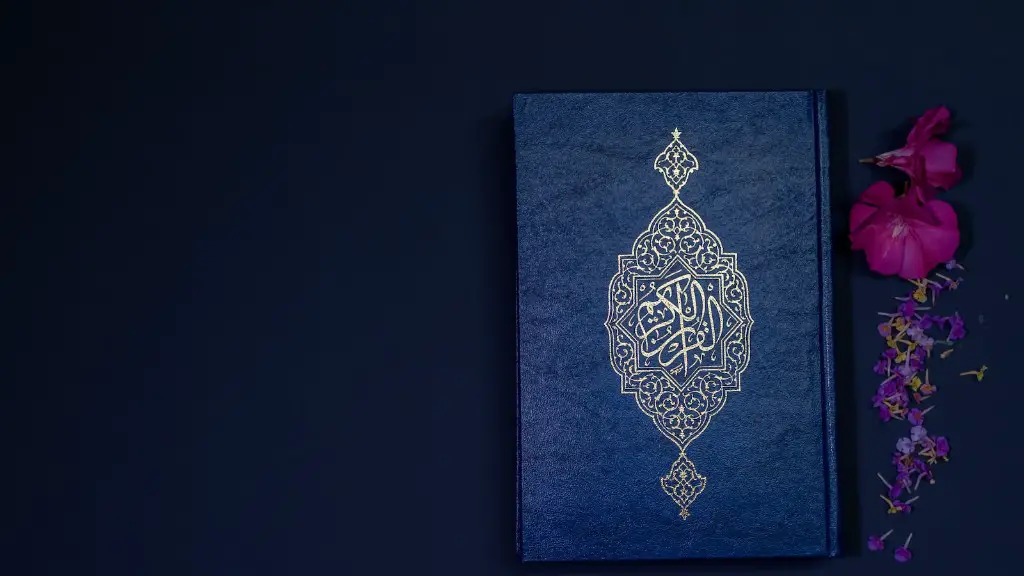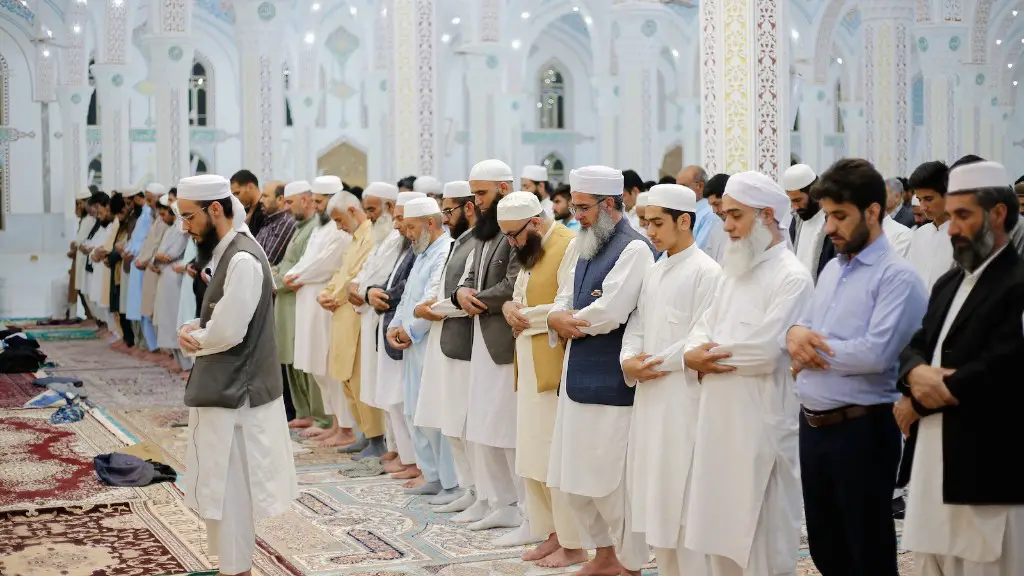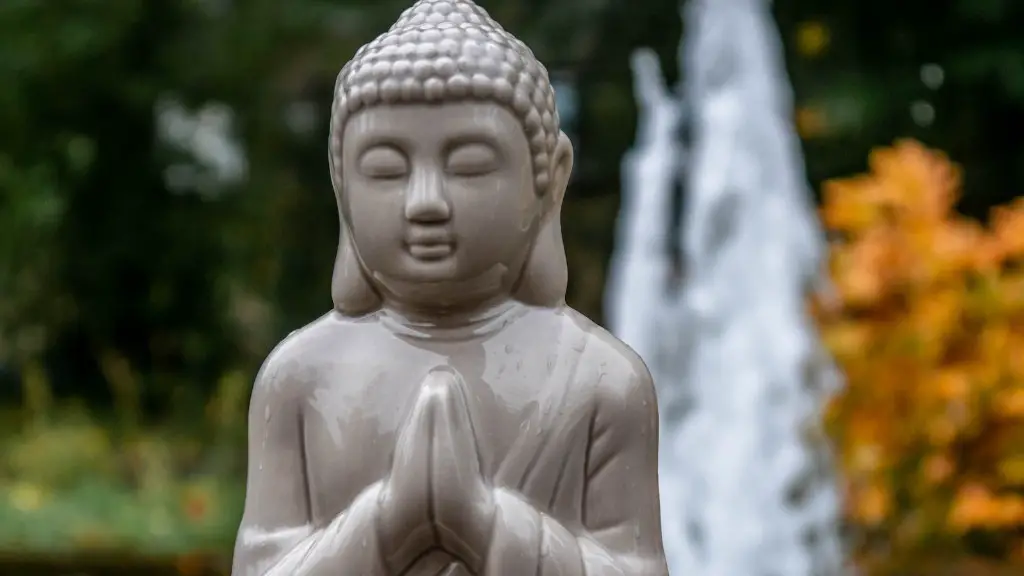Death is a sensitive subject, and it’s no surprise that many people don’t know what to say when someone dies. In Judaism, there is a very specific set of rituals, customs and practices that have developed over the centuries to help individuals cope with the loss of a loved one. From prayers to memorials, and from bereavement visits to funerals, each of these elements has its own place in Jewish mourning culture.
When a person dies in Judaism, there are a few common things which are said and done. Above all else, it is customary to say “may the memory of the deceased be a blessing.” This is a prayer which the mourners recite to ask God to remember the deceased person fondly, and to bless them in the afterlife. It’s also traditional to add “Baruch dayan ha-emet,” which is a Hebrew phrase meaning “blessed is the true judge,” and is used to express God’s all-knowing wisdom.
Another Jewish expression of sympathy is “ha-makom yina-chem eschem b’tokh sha-ar aveilay Tzion vi-Yerushalayim,” which literally translates to “may the place comfort you among the gates of Zion and Jerusalem.” This phrase is said to offer comfort to the mourner on behalf of the Jewish people and their spiritual homeland.
When someone dies in Judaism, it’s also common to express condolences to the family by simply saying “I’m sorry for your loss.” This phrase is a universal one, and can resonate with people of all faiths, while still showing support and sympathy.
A popular ritual in Judaism is the “shiva.” This weeklong mourning period is observed by the immediate family of the deceased, and typically consists of short prayer services and mourners receiving guests at their homes. During the shiva, it is customary to say “ha-makom yenachem etkhem b’tokh sha-ar avlei tziyon vi-yerushalayim” to acknowledge the family’s loss.
Jewish Prayer and Mourner’s Kaddish
When someone dies in Judaism, it’s important to pray for the deceased. Jewish prayer follows a traditional structure and includes specific psalms and readings. There are prayers to provide comfort to the mourner, as well as prayers that acknowledge the mortality of life and celebrate the life of the person who has passed away.
The most popular prayer is the “Kaddish,” which is recited by the closest living relatives. The original Kaddish was written in Aramaic and is to be recited three times a day for 11 months following the death of a loved one. The Kaddish is prayer that praises God, and expresses joy in life despite the absence of the deceased.
In Jewish culture, prayer and commemoration are important parts of mourning. Praying for the deceased helps to ease pain and loss, while expressing praise and gratitude for the life that has been lost.
Rituals Of Remembrance
In Judaism, it’s important to remember and honor the deceased. This can be done through a variety of rituals and customs. One example is the practice of “unveiling a stone” which is a symbolic act of remembering the dead. This ritual typically involves placing a memorial stone near a gravesite, and unveiling it to the family and guests at the gravesite.
Another ritual is the “yahrzeit” which is a tradition worship service performed by the mourner on the anniversary of a loved one’s death. Typically, a candle is lit on this day and a Kaddish is recited. This tradition is a way to unite both living and deceased relatives in prayer.
Memorials to honor the dead can also take the form of charity or good deeds. This is a way to remember the deceased and to bring honor to their memory. Often loved ones will donate to charities in the name of the deceased or volunteer their time to give back to their community.
Continued Mourning
In Judaism, mourning is an ongoing process and is an important way to express grief and to recognize the loss of a family member or friend. People often seek solace in prayer and traditions, as a way of saying goodbye, commemorating the deceased, and finding comfort in their faith.
Mourning customs vary, and some are based on personal beliefs and cultural traditions. Often, people will express the loss of a loved one in creative ways and in a manner that feels right to them. For some, this might mean writing, while for others it could be music or art—the possibilities are endless.
Funerals and Burials
Funerals and burials according to Jewish law are performed in a way that honors the deceased. Burial generally takes place as soon as possible following death, often within 24 hours for an adult, and the body is usually buried in a Jewish cemetery. Funerals typically consist of a service conducted by a Rabbi and involve prayers, readings from the Torah, and traditional music.
Following the funeral, there is usually a period of bereavement where mourners are visited by family and friends. These visits are intended to provide the grieving family and friends with comfort and support.
Symbolism of Mourning
Traditionally, members of the Jewish faith wear special clothing when mourning the death of a loved one. Black is the most common color, however, some also wear white garments as a symbol of purity and innocence. It is also common for men to wear a tallit – a prayer shawl – to signify their spiritual connection to God.
There are also many symbols used in Judaism to commemorate the death of a loved one. These can include the stone unveiling mentioned earlier, a kaddish memorial plaque, or the lighting of a special candle for each night of the shiva.
Visiting the Graveyard
Visiting the cemetery where a loved one is buried is a significant part of the mourning process. The grave is still seen as a resting place for the individual, and visiting it serves as a reminder of their life and legacy. This practice of visiting the cemetery allows mourners to pay their respects, say goodbye, and feel connected to their loved one once more.
In Judaism, when someone dies, there is a wealth of tradition and ritual to help the mourning process. From prayers and symbols, to Bereavement visits and Funerals, each of these rituals hold special meaning and honor the memory of the deceased.
Grief Counseling
Grief counseling is an important part of the mourning process for many people, and can be a source of understanding, comfort and support. In Judaism, grief counselors focus on providing acceptance, compassionate guidance, and helping the mourner to come to terms with the loss of their loved one.
Grief counselors may lead group or individual sessions, and use a variety of techniques to help the mourner. These may include reading specific prayers or teachings from the Torah, exploring worldviews and perspectives on death, and allowing the mourner to express their feelings in a supportive environment.
Honoring Memory
Honoring the memory of the deceased is a common practice in Judaism. This often includes gatherings and services to celebrate their life, and to remember the impact they had on the people who were touched by them. These moments can bring solace, closure, and help the bereaved come to terms with the loss of their loved one.
Jewish death and mourning customs provide a beautiful way to say goodbye and honor the memory of the deceased. From specific prayers to memorials, these rituals bring comfort and spiritual fulfillment to the grieving process.



